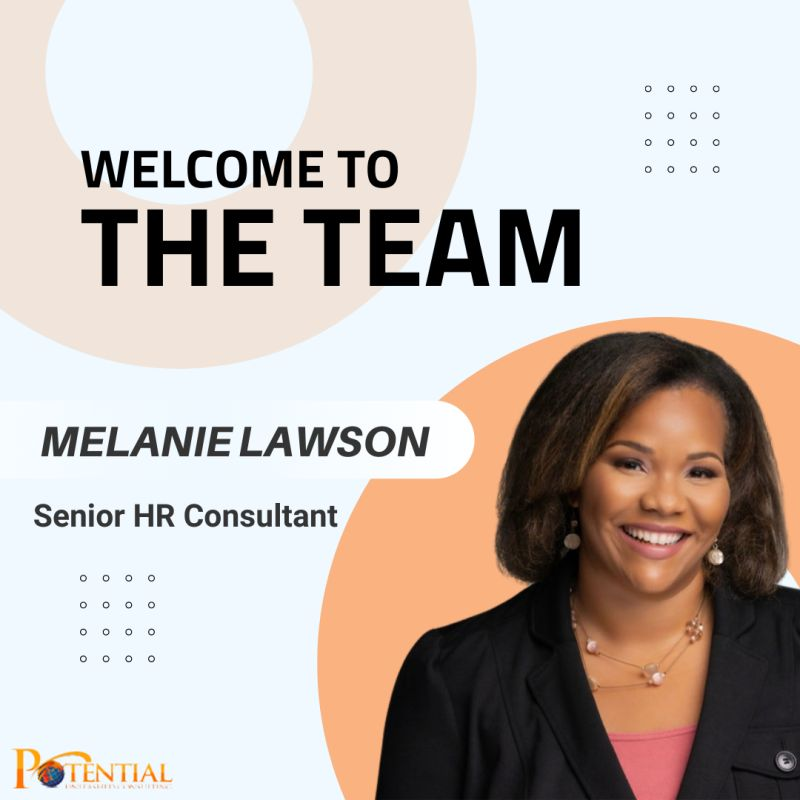I was asked by an organization last week to assist them with their DEIB journey.
They told me that we came highly recommended and that they had a budget and were ready to roll. They wanted to know if we would help them. As some of you know, I never automatically say yes.
In 2020, we actually turned away over 40 requests from companies that were looking to just “check a box.”
So, in this case, I asked for another meeting to learn more and interview them about their commitment, what has already been done, and to learn what their hopes are for this work.
During our meeting, I learned that they had been working with another firm but decided not to continue with them because several people complained that the work was “performative.”
I then asked for an example of the work that had been previously done.
From Performative to Transformative: Challenging Assumptions in DEIB Efforts
Upon review, I realized that the previous work was really good and had a solid approach.
Throughout our conversation, the folks from the organization made the “performative” statement multiple times, and that is why they want me and our team.
I told them transparently that I thought the previous plan was solid; that we would have done some things differently, and undoubtedly, the way we deliver is different, but the roadmap was solid.
I then asked them what their idea of “transformative” work would look like, and they were completely silent.
I waited, and they remained silent until admitting that they didn’t know.
I explained to them that this work can be messy and doesn’t always feel good.
Sometimes people want the satisfaction immediately, but true transformational DEI work doesn’t always provide that right away.
It requires deep work.
Exploring, examining, and restructuring policies.
Transforming culture.
 Key Elements of a Comprehensive DEI Strategy: A Roadmap for Change
Key Elements of a Comprehensive DEI Strategy: A Roadmap for Change
Leadership development and coaching on how to lead daily interactions through an equity lens is a completely new skill set for most leaders because they have been trained and rewarded by leading through an equal lens.
- It requires scaling training throughout the organization (in this case, with 8k employees) in bite-sized chunks and following it up with accountable measures.
- It requires an audit of business partners and suppliers.
- It requires working with the board (educating them and then also helping to guide them in how they operate moving forward, including how they recruit new board members and make policies).
- Supporting DEI teams and sometimes training them on their role.
- Establishing associate resource groups and/or affinity spaces to create safe spaces and elevate employee voice.
- This then requires more training of leadership on how to respond, support, resource, and partner with ARGs.
- Following this, it requires even more restructuring within the organization so that the recommendations that come from these groups don’t die on the vine but actually have a plan to be considered and implemented.
- It takes developing new ways of being that require and allow us to build equity into every aspect of the organization so that it becomes the horizontal lens and not a separate vertical.
- It means doing enough work in good faith that you can actually attract a solid director of DEI who reports directly to the CEO.
- It means restructuring your organization chart so that your director of DEI has power and influence.
- It means acknowledging harm that has been done.
- It means facilitating ways to begin healing.
- It means coaching leaders and colleagues on how to hear and respond rather than react when people share their experiences.
- It means revisiting your roadmap often and making adjustments along the way so that you can meet the adaptive needs (we must apply adaptive solutions because this isn’t a technical problem).
Oh, and by the way, we will need to revisit some of the work again because new folks will come, and the matrix always wants to reset itself and return to the status quo.
Embracing the Messy Path: Navigating True DEI Transformation
It means applying consistent pressure to the system and knowing that the amount of pressure will adjust but must never leave or go away. It means listening to the voice of the community and clients AND… SO MUCH MORE (but I think I’ve made my point).
My point to them was this…
Sometimes, because we want the feels, we end up sabotaging the real transformative work because it takes time and consistency.
We end up calling the transformative “performative” because most folks don’t understand what it truly takes to transform cultures and systems that have been in place for years and years.
The other firm had created a plan to start them on the journey.
I can’t speak to the level and quality of delivery, but I know that what they designed was not performative.
It also didn’t include even half of what I just mentioned above, but I have good faith that they were just giving them the first phase and would have added more later.
Communicating Expectations: Setting Clear Goals and Milestones
I told them that I understood their fear.
That this work is so important to them that they got scared that it wasn’t moving or moving fast enough, or that it wouldn’t be impactful.
I told them that their fears were valid because there have been so many people pimping this work, cashing checks without providing returns.
Not pushing organizations into the real work.
Those kinds of firms are irresponsible and harmful, and they make it difficult to advance the deep work that needs to happen.
They break the trust. I get it.
I told them that the biggest missed opportunities that I saw in the previous work were these:
- The other firm didn’t help the organization set and communicate expectations.
- They didn’t support the organization in constantly communicating to the entire organization where they were on the journey.
When you don’t see things happening because the work hasn’t reached you “yet,” it can feel like it is all performative.

Transparent Communication: Keeping the Entire Organization Informed
We should always communicate where we have been, where we are, where we are going, and when we plan to get there.
When you are traveling a long distance (cross country) with many stops, the bus driver/train conductor/pilot doesn’t only communicate with you about the journey one time.
They keep you updated along the way, informing you of weather, delays, early arrivals, next stops, milestones, sights to see along the way, and more.
Someone once told me, “Communication takes the wonder out of things.”
Why leave people guessing and wondering when we can simply communicate?
After that, they asked if they could hire us on the spot. I asked them to take some time to think it over and consider if we are the right fit for them and get back to us.
In the meantime, we will determine if they are the right fit for us and let them know.
To all of you committed to doing this work (internally as employees and externally as consultants) in ways that honor the true goals of this work, thank you.
I love you and appreciate you.



